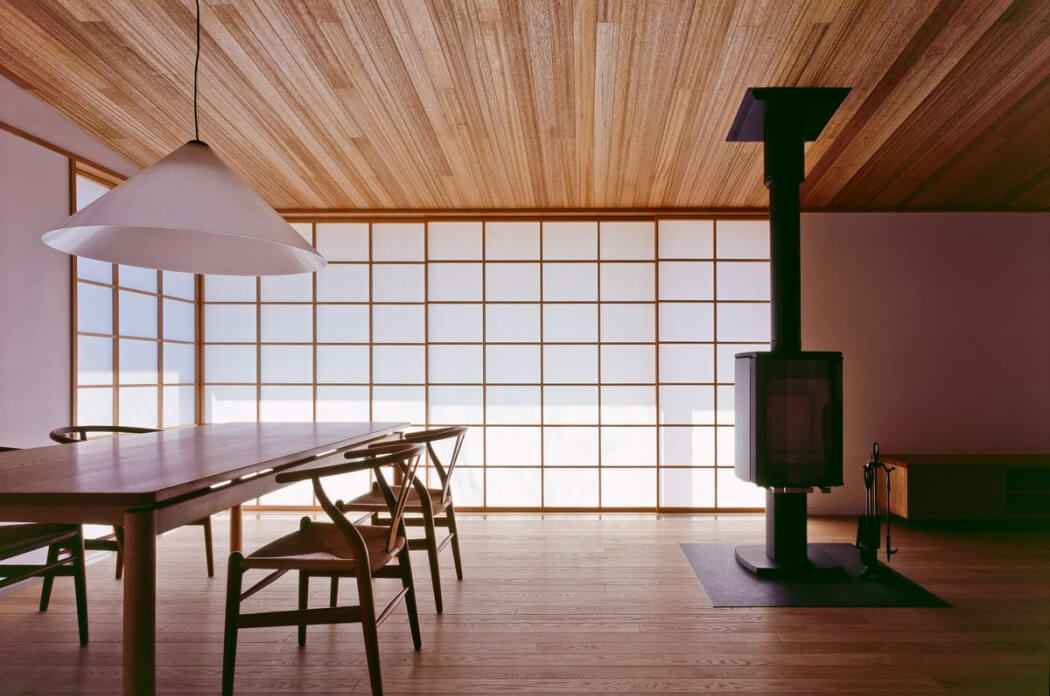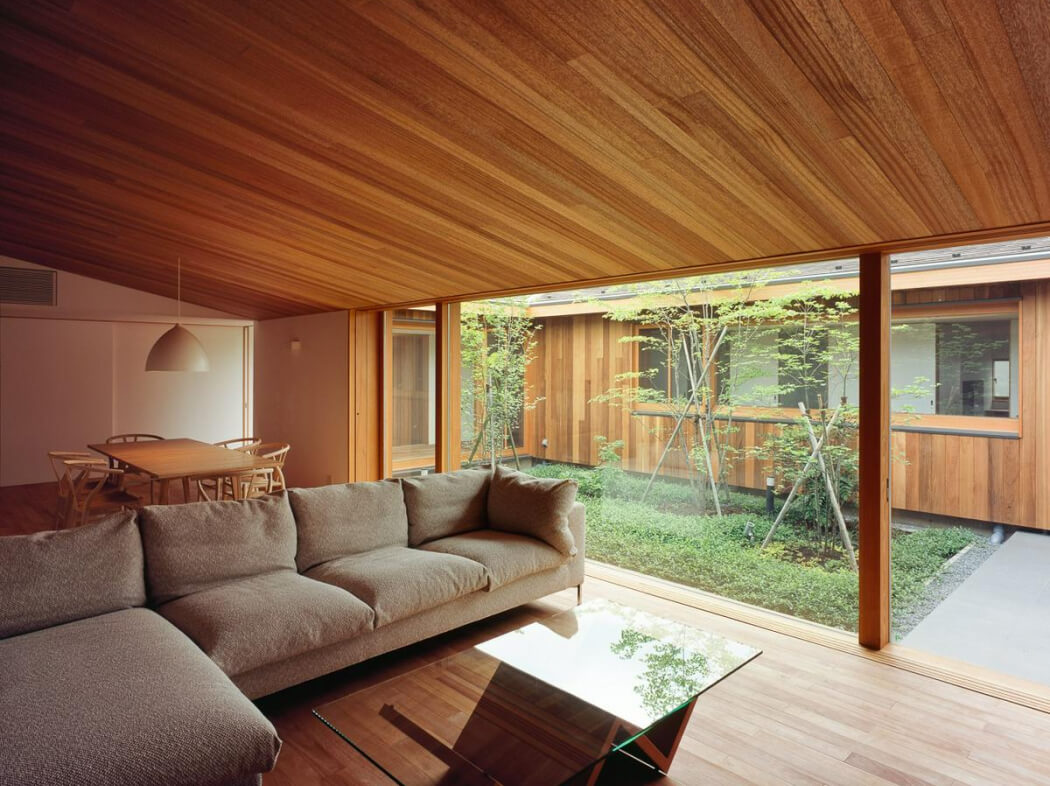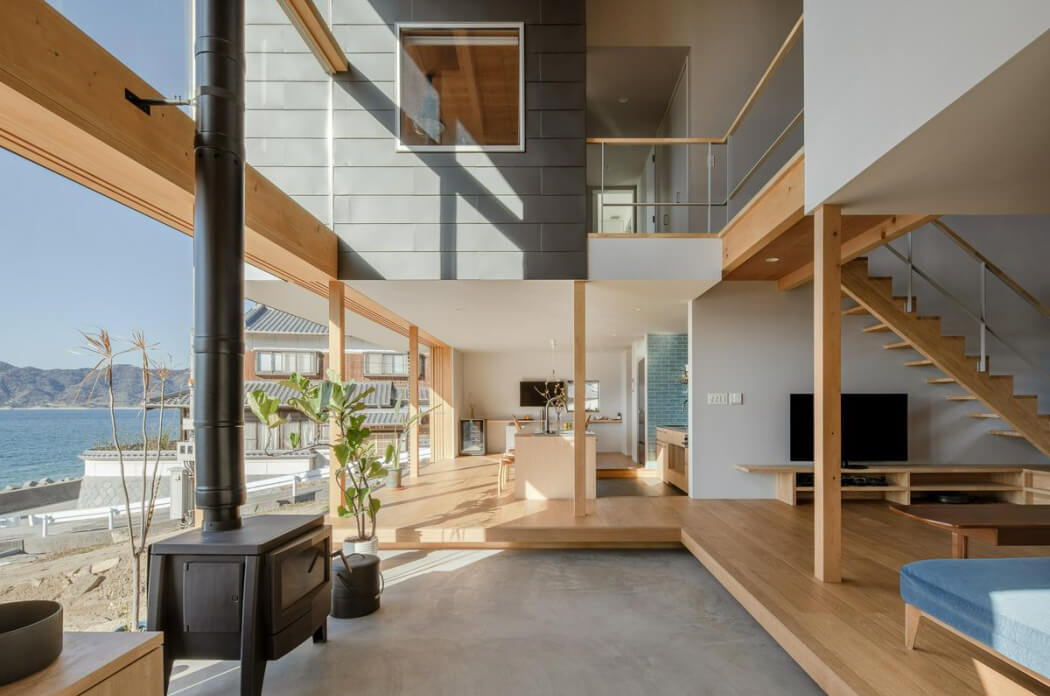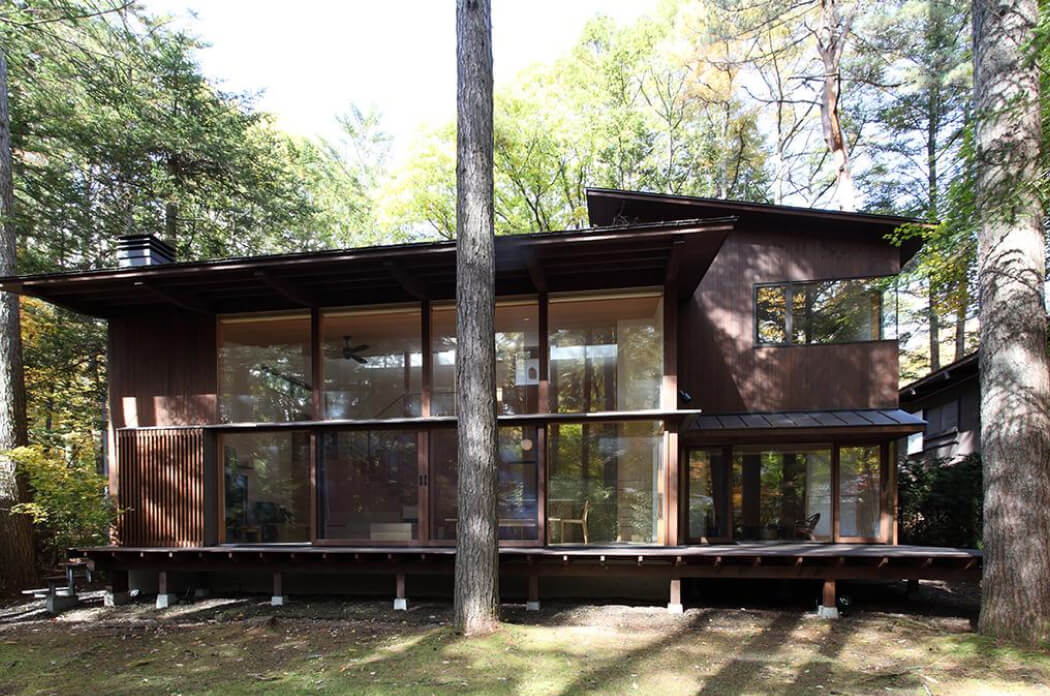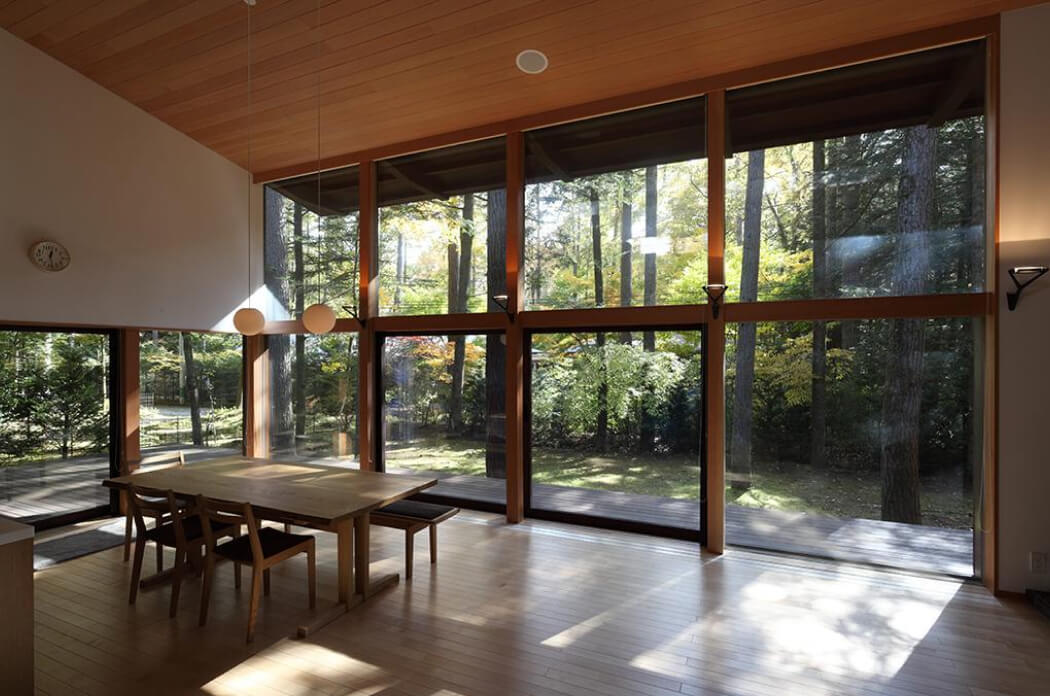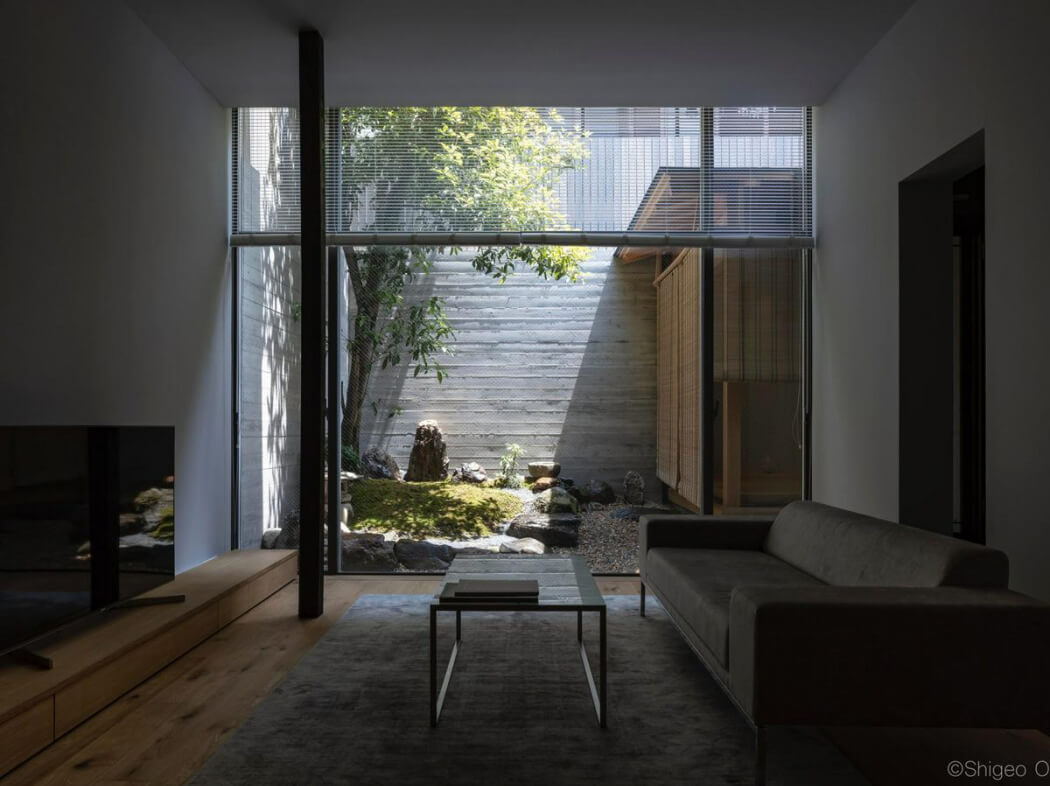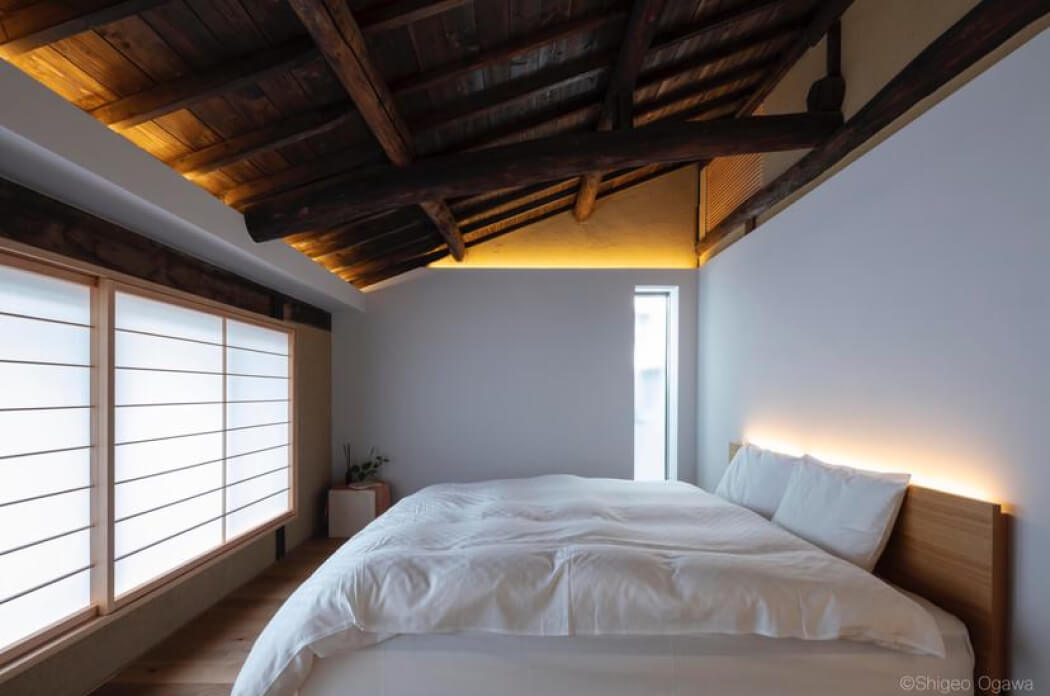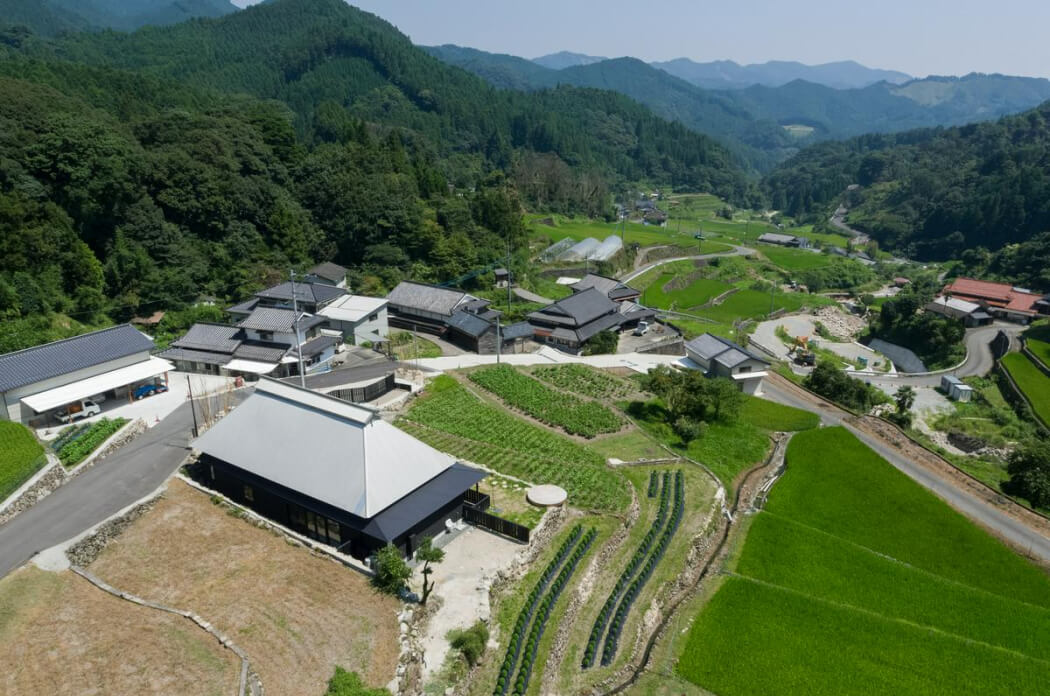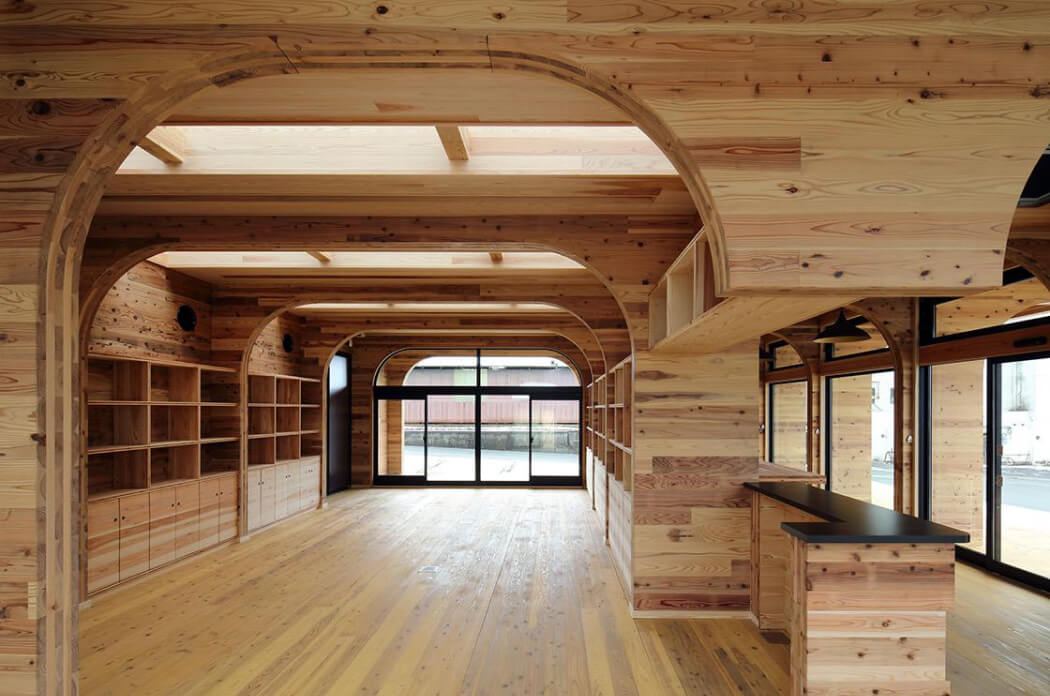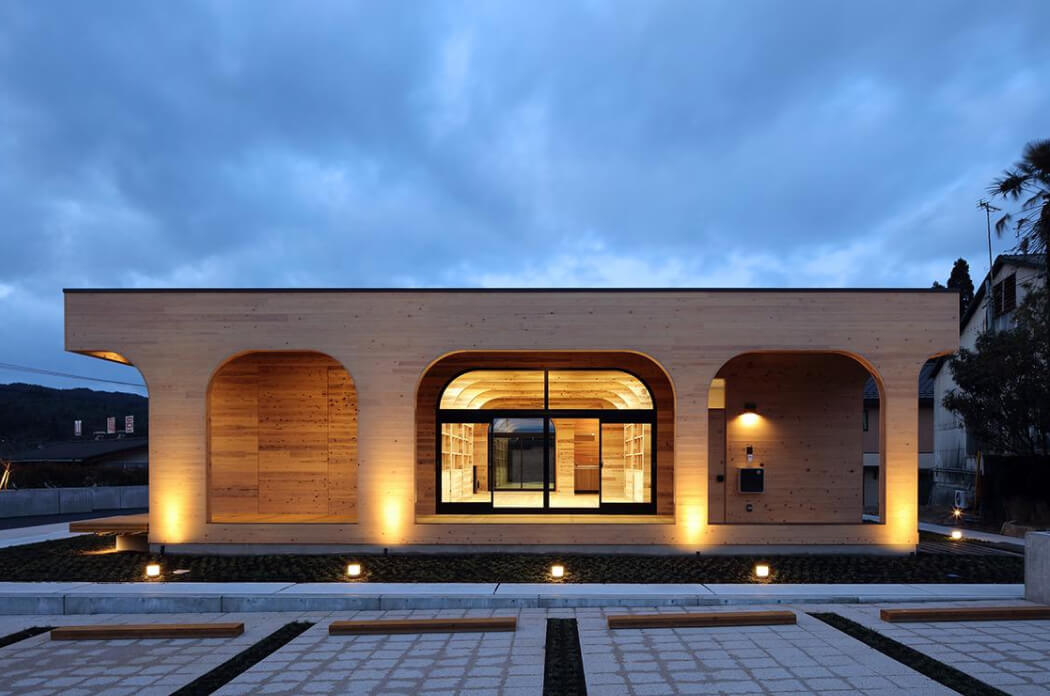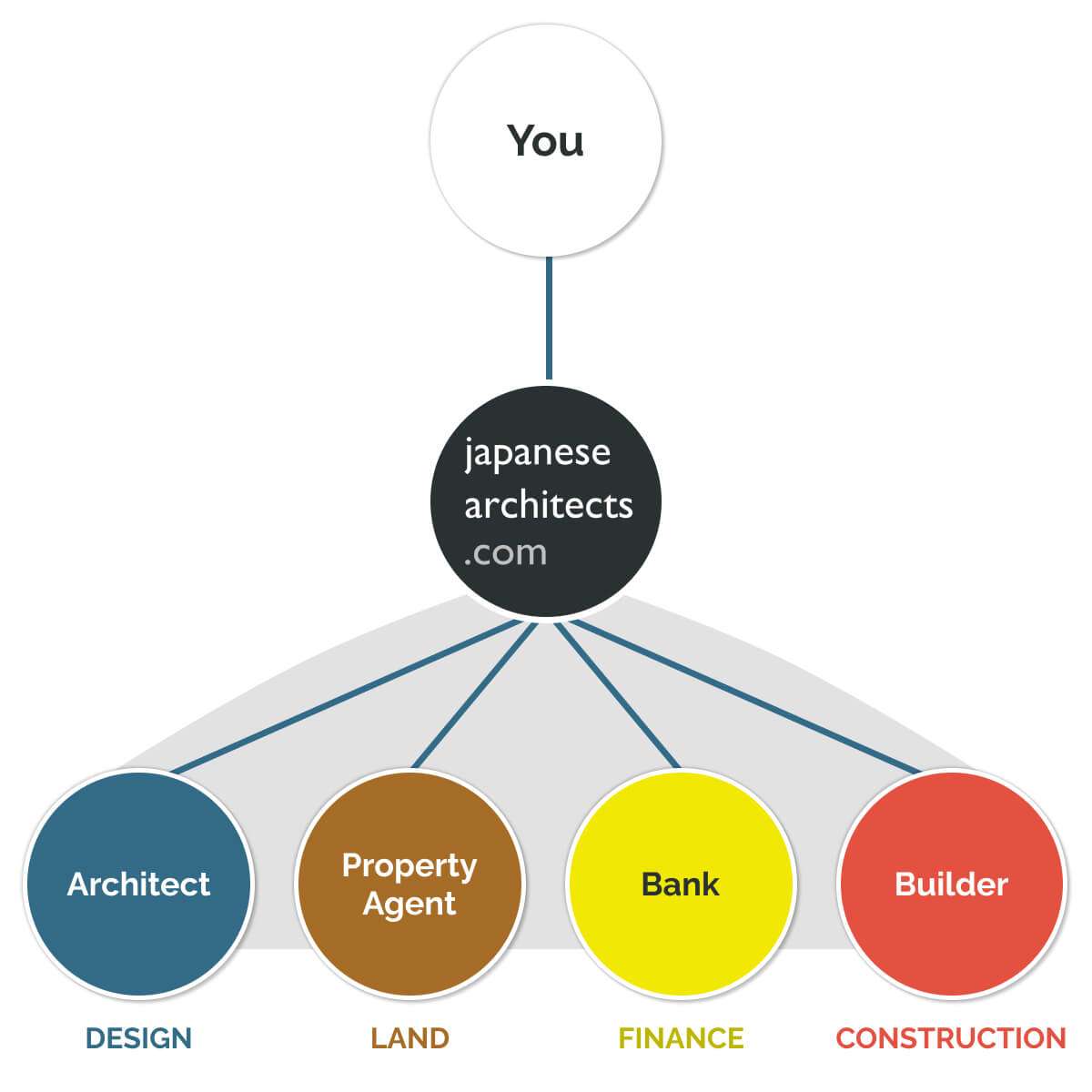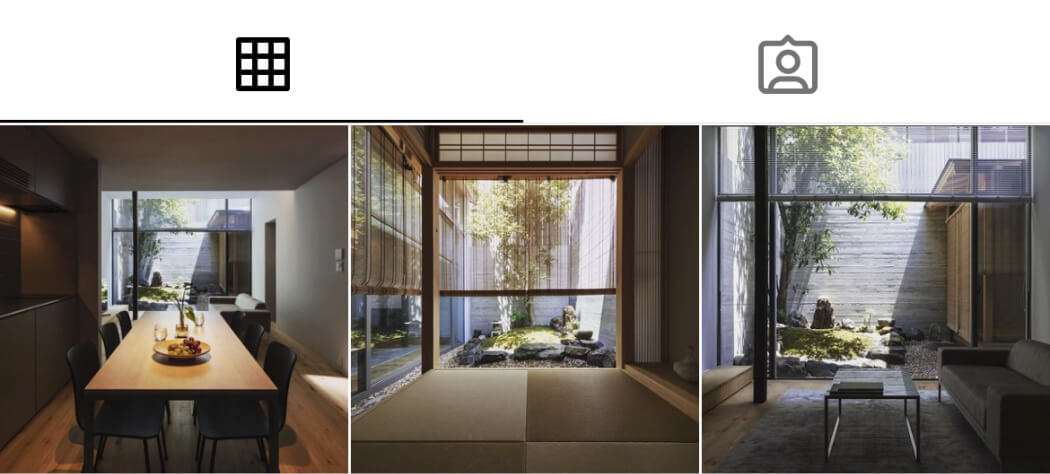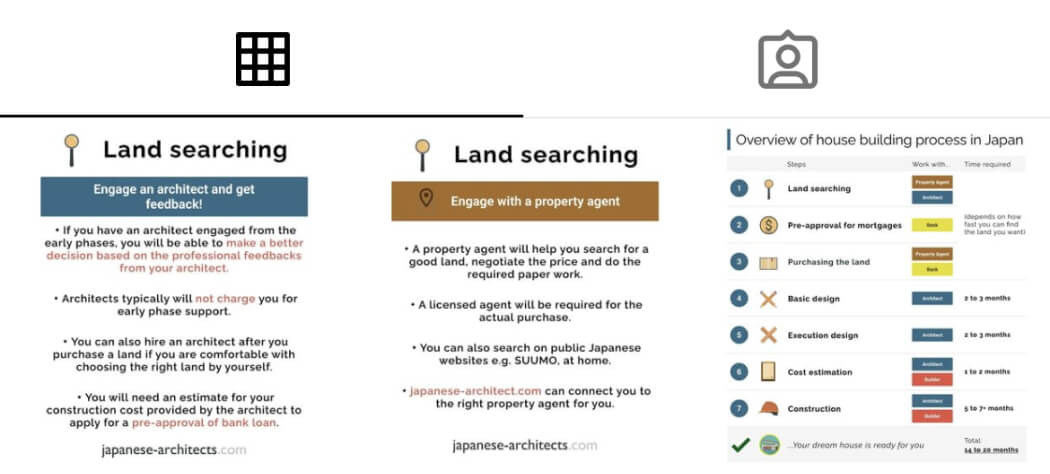
A guide to wooden houses in Japan - build your house with a wooden structure -
Wooden houses, as the name implies, are houses that use wood as a building material, and have been the main building structure used in Japan since ancient times. Even today, wooden houses continue to be the top choice when it comes to residential houses.
However, because of their familiarity, many people may be unfamiliar with the functions and features of wooden houses. In this article, we will introduce the features and characteristics of a wooden house.
To summarize, wooden houses have the following characteristics:
- High degree of freedom in design, and easy to be demolished or renovated
- Construction costs are lower than steel or concrete
- High moisture absorption and retention
- Excellent heat insulation properties
Table of Contents:
1. What is wooden construction?
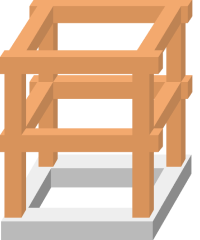
Wooden construction is the construction method that uses wood for the foundation, walls, pillars, and other structural elements. Wooden structure is also called "W造" in Japanese, which is taken from the first letter of the word "wood”.
Benefiting from the abundance of timber in Japan since ancient times, wooden construction techniques developed in constructing temples and shrines, and they came to be used for residential houses as well. Today, most houses in Japan are built of wood, accounting for about 90%* of all single-family houses in Japan.
2. Types of wooden construction
In Japan, there are mainly two types of wooden house structures: Wooden framework system (木造軸組工法 = 在来工法)and two-by-four system (木造枠組壁工法=ツーバイフォー工法). We are going to clarify the difference below:
2-1. Wooden framework system (木造軸組工法 = 在来工法)
- Wooden framework system (木造軸組工法) is an ancient Japanese construction method in which a framework is built while it is reinforced with posts and beams. This construction system was used in the five-story pagoda of Horyu-ji Temple (the oldest existing wooden tower in the world), historic temples and shrines, and old private houses.
- It is also called the conventional construction method (在来工法). Wooden framework system is still the most widely used construction method in Japan nowadays since it is very suited to our climate.
2-2. Two-by-four system(木造枠組壁工法 = ツーバイフォー工法)
- The Two-by-four system (ツーバイフォー工法) was brought from North America and is also called the wooden frame wall construction(木造枠組壁工法)method because the walls are attached to a frame made of 2x4-inch lumber.
- Because its components and construction methods are systematized, costs and construction periods can be easily reduced, therefore it has spread nationwide mainly among house builders to make ready-built houses.
3. Comparison with other construction methods
There are three main basic types of housing structures: wood, concrete, and steel. What are the characteristics of each? Below we compare and examine the important difference in each construction method:
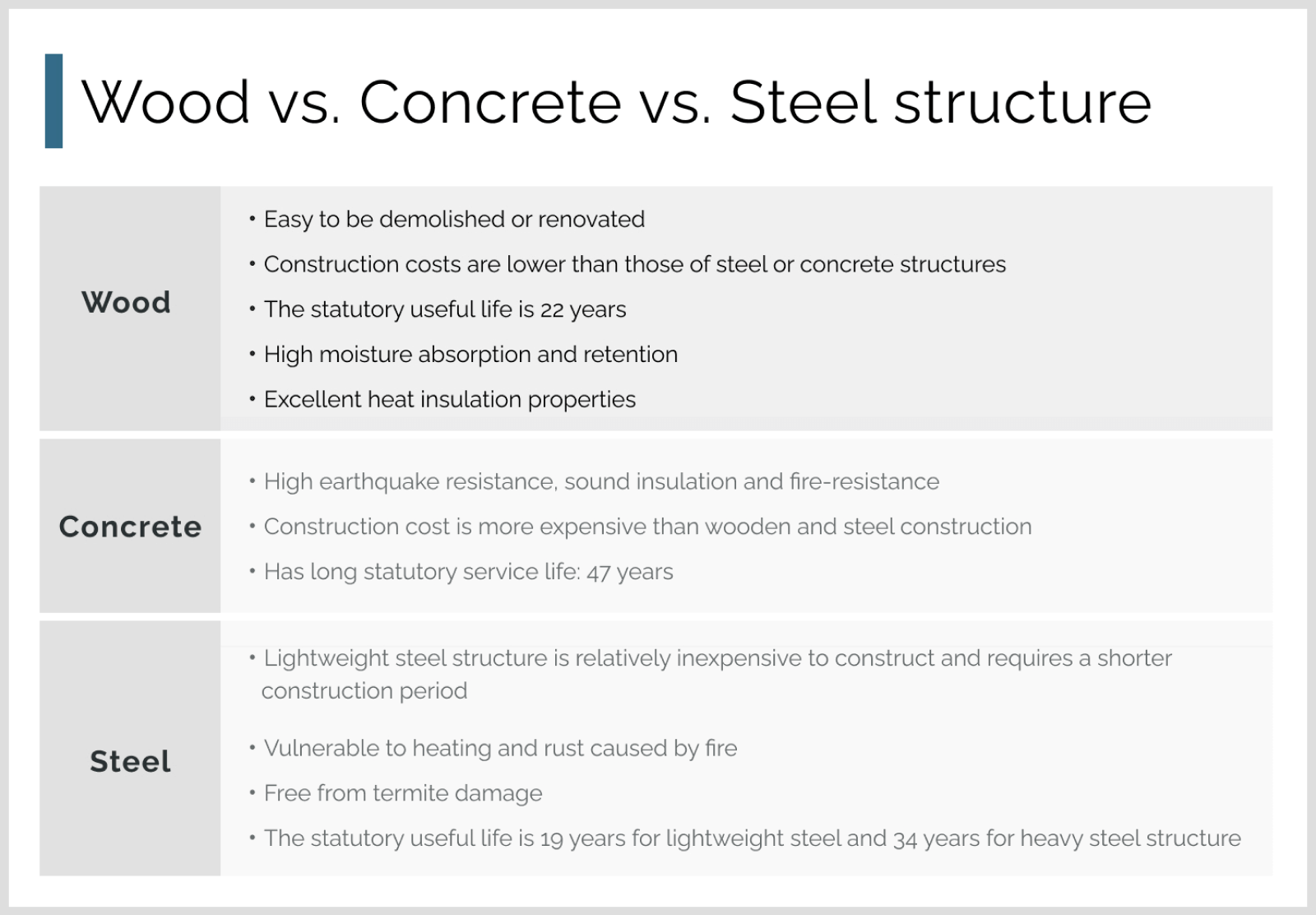
- Characteristics of Wood
- Easy to be demolished or renovated
- Construction costs are lower than those of steel or concrete structures
- The statutory useful life is 22 years (for the economic depreciation period)
- High moisture absorption and retention
- Excellent heat insulation properties
- Characteristics of Concrete
- High earthquake resistance, sound insulation and fire-resistance
- Construction cost is more expensive than wooden and steel construction
- Has longer statutory service life: 47 years
- Characteristics of Steel
- Lightweight steel structure is relatively inexpensive to construct and requires a shorter construction period
- Vulnerable to heating and rust caused by fire
- Free from termite damage
- The statutory useful life is 19 years for lightweight steel and 34 years for heavy steel structure
4. Four major characteristics of wooden houses
4-1. High degree of freedom in design, and easy to be demolished or renovated
If you are considering a major remodeling project to accommodate changes in family members, such as children growing up or becoming independent, or living with elderly parents, the wooden framework system (木造軸組工法) is recommended.
With a wooden framework system, columns and walls that are not structurally part of the house can be removed, allowing the floor plan to be changed during renovation. Wooden houses are also easier and cheaper to be demolished compared to those with other structures.
4-2. Construction costs are lower than those of steel or concrete structures
Compared to concrete and other types of construction, wooden houses can be constructed at a lower cost.
Concrete and heavy steel frame structures require the cost of building a foundation that can withstand the heavyweight of the entire building, however, the lightness of a wooden house keeps the cost of foundation work low.
4-3. High moisture absorption and retention
The advantage of wooden houses is that they have superior moisture control properties compared to other construction methods. The great humidity control effect in wooden houses helps to maintain a comfortable space and also inhibits the formation of mold and condensation.
4-4. Excellent heat insulation properties
Although wood has a tendency of being more flammable than steel, wood has a natural protective outer layer that can protect the substrate. Because of this characteristic, a wooden house with structural timber elements can resist fire for a long time, generally much longer than steel.
Recently, wooden construction has been permitted even in fire zones, based on a design that takes advantage of this feature. In fact, wooden structures are rated higher in fire resistance in other countries worldwide.
5. Four examples of modern wooden houses by our architects
Here are some actual examples of wooden houses that our architects have worked on.
5-1. Using wood as elements of nature to create Japanese style interiors
One of the best ways to create a Japanese-style interior is to add natural wooden elements to your home. Japanese building culture is known for using wooden elements throughout their homes.
These materials can be found in nature and usually do not need too much processing to be used, therefore it is easier to achieve a clean and minimum interior design.
In addition, using organic materials like wood will create a clear connection between nature and help you relax and bring comfort.
5-2. Integration with the surrounding nature
Wood is also suitable to be integrated into and fit with the natural environment surrounding your house. It will be beautiful to choose a timber house and have continuous architecture if your house is located by the water or in the woods.
5-3. Renovation of Japanese traditional houses
One of the greatest features of wooden houses is that they are suitable for renovation and conversion projects. In Japan, old and vacant Minka (古民家) and Machiya (町屋) are preserved with a certain quality and recently they have been publicized greatly by foreigners.
By working with architects, those traditional houses are renovated in accordance with contemporary style and made available for new residential purposes or accommodations.
5-4. Utilize CLT for a wooden house to achieve environmental sustainability
Thanks to technological advances, wood has evolved as a natural and renewable material in a new building era where many people consider the sustainability of their houses.
Indeed, wooden houses have been making their presence felt in some of the world's major countries such as Australia and North America, CLT is also becoming more popular as a new construction method in Japan.
CLT wood panels are innovative structural materials, offering the beauty of wood with durability and toughness. Wood is an organic material, therefore CLT can be an excellent environmentally friendly alternative for those who are passionate about building passive houses.
6. Summary
Wooden houses account for more than 90% of detached houses in Japan, which is by far the largest share among other construction methods.
The great feature of wooden houses is that they provide high thermal insulation and moisture control, and because they are made of natural materials, wooden houses are usually more comfortable to live in. The high thermal insulation effect of wood makes it possible to reduce costs compared to RC or steel construction to achieve the same thermal insulation effect.
Wooden houses are also attractive because new construction techniques are advancing every day: construction methods are used for renovations and conversions of old houses, and new wooden material such as CLT has evolved as a new building system for building passive houses.
Are you interested in building a wooden house in Japan? We will be your partner with comprehensive support for everything you need to build a house in Japan. Get in touch with us for free and talk to a professional to get started.

